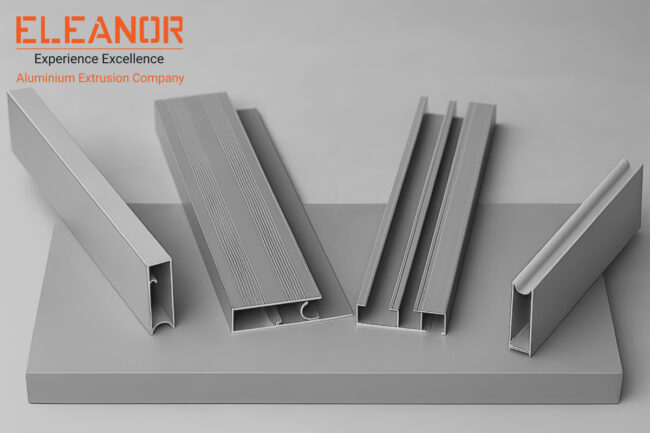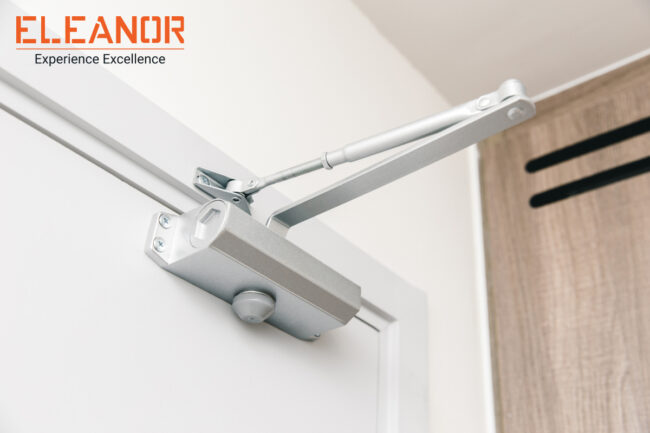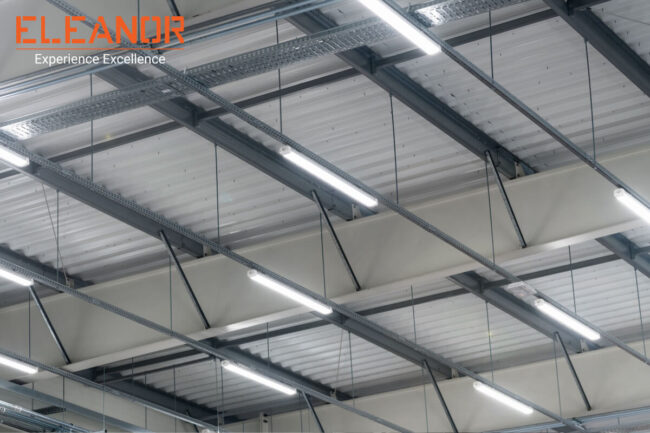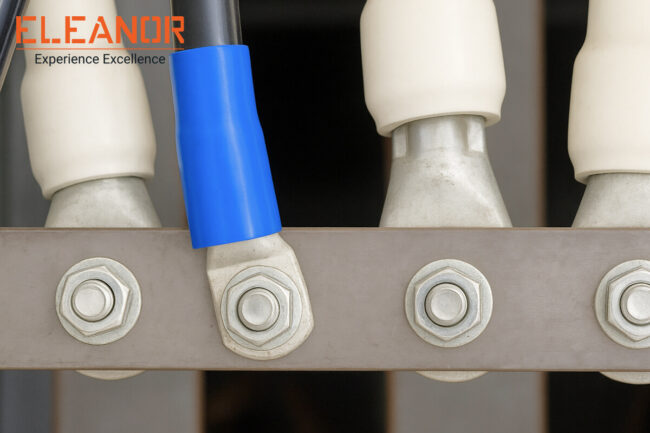Introduction
Architectural standard sections are pre-designed aluminium profiles created to fulfill specific structural or design roles in buildings and infrastructure. Unlike custom sections that require time-intensive design and development, standard sections are readily available, cost-effective, and adaptable across a wide range of architectural needs. Whether it’s T-sections, angles and channels, or rectangular tubes, these profiles offer consistent performance and simplified integration into any architectural framework.
One of the key reasons behind the widespread adoption of these profiles is the increasing demand for smart construction solutions. Builders, architects, and contractors are under pressure to deliver faster, more sustainable, and scalable structures-and architectural standard sections help them do just that. Their uniformity supports modular design systems, enabling faster project turnarounds without compromising on strength or visual appeal.
Today, aluminium extrusion manufacturers in India are leading the way in supplying these essential building components. With advancements in technology and growing design requirements, Indian manufacturers are producing high-quality architectural standard sections that meet global performance standards. Companies like Eleanor Industries have been at the forefront, offering an extensive range of extruded profiles that support modern architectural innovations.
The advantages of aluminium-lightweight, corrosion-resistant, recyclable, and visually versatile-make it the preferred material in construction, especially for sections that need to withstand harsh environments or require sleek finishes. When combined with standardization, aluminium sections bring unmatched efficiency and precision to every build.
What Are Architectural Standard Sections?
Architectural standard sections refer to pre-engineered aluminium profiles designed to meet a wide range of structural, aesthetic, and functional requirements in the building and construction industry. These standard aluminium sections offer a balance of strength, lightweight performance, and design consistency, making them essential in modern architectural frameworks. Whether used for framing, support, or finishing elements, they simplify construction and ensure long-term reliability.
Common Standard Aluminium Section Profile Types
The versatility of aluminium standard sections comes from the variety of profile shapes available to suit different architectural and structural applications. From load-bearing frames to sleek finishing details, each profile type serves a distinct purpose. Below are some of the most commonly used aluminium profile types in architectural projects:
-
Angles:
Angles are L-shaped profiles used widely in framing, support, and corner protection. These standard aluminium sections are ideal for creating joints and edges in windows, doors, and partitions, providing both stability and sharp geometry.
-
Channels:
C-shaped channels are used for structural framing, sliding tracks, and panel support systems. Aluminium channels offer rigidity with open access for cables or inserts, making them a go-to profile in architectural frameworks.
-
T-sections:
T-sections are used to create load-bearing grids and dividers, often seen in ceiling frames or partition systems. These aluminium standard sections offer balanced support in both vertical and horizontal orientations, making them suitable for interior and exterior structures.
-
Z-sections:
Z-shaped profiles are used in roofing and cladding systems to provide overlap and structural integrity. Their design allows for efficient water runoff and weather resistance, commonly used in façade assemblies and lightweight architectural constructions.
-
I-beams:
I-beams are known for their high strength-to-weight ratio. In architectural settings, they are used in floor systems, roof trusses, and large spans where heavy-duty standard aluminium sections are required without adding excess weight.
-
Square & Rectangular Tubes:
These hollow profiles are extensively used in fencing, railing, structural supports, and furniture frameworks. Their clean geometry and strength make them a favorite among architects looking for both functionality and modern aesthetics.
Also Read: Hardware Profiles: Choosing the Right Aluminium Extrusion for Your Application
Benefits of Using Standard Aluminium Sections
In the ever-evolving world of architecture and construction, standard aluminium sections have become essential components in delivering efficient, sustainable, and aesthetically pleasing structures. These profiles offer a perfect balance between function and form, and are widely adopted across modern infrastructure for their reliability, adaptability, and cost-efficiency. As a key part of aluminium extrusion profile types, they are transforming the way buildings are designed and built.
1. Design Efficiency
One of the most important benefits of using aluminium standard sections is their contribution to design efficiency.
- Simplifies Architectural Planning and Detailing:
Standardized profiles such as angles, channels, and tubes streamline the design process. Architects and engineers can rely on pre-defined shapes and dimensions that are universally recognized, eliminating the need to start from scratch for every project. - Ensures Structural Consistency:
With standard aluminium sections, every structural element fits seamlessly, ensuring uniformity and alignment throughout the framework. This consistency reduces the likelihood of design conflicts and improves overall project accuracy.
2. Cost-Effective
Budget efficiency is a major concern in both commercial and residential projects. Choosing aluminium standard sections directly contributes to savings.
- Mass-Produced = Lower Costs:
These sections are manufactured in large volumes, making them more affordable than custom-designed components. The economies of scale directly benefit contractors and developers. - Reduces Custom Design Expenses:
By using predefined aluminium extrusion profile types, there’s no need to invest in costly prototyping or specialized tooling. This cuts down both time and expenses during the planning and production phases.
3. Ease of Installation
In today’s fast-paced construction environment, time-saving solutions are critical-and standard aluminium sections deliver just that.
- Pre-Sized Sections Mean Faster Assembly:
Since the profiles are available in ready-to-install formats, on-site labor is reduced. There’s no need for extensive cutting or reshaping, which speeds up the entire installation process. - Compatible with Modular Construction Techniques:
These sections align perfectly with modular and prefabricated systems. They support rapid deployment of structural components, ideal for scalable projects or tight deadlines.
4. Durability & Sustainability
Modern architecture demands materials that are both long-lasting and environmentally responsible. Aluminium standard sections meet both needs effectively.
- High Corrosion Resistance:
Aluminium naturally resists rust and corrosion, making it ideal for exterior applications and harsh environments. It maintains its appearance and structural strength for decades with minimal maintenance. - 100% Recyclable, Reducing Environmental Footprint:
Aluminium is infinitely recyclable without any loss in quality. Using aluminium extrusion profile types supports eco-friendly construction practices and contributes to LEED and green building certifications.
Applications in Modern Architectural & Construction Profiles
Aluminium has transformed the construction landscape, offering strength, design flexibility, and aesthetic appeal. Today, standard aluminium sections and architectural standard sections are widely used across commercial, residential, and industrial infrastructure, enabling efficient, scalable, and sustainable building solutions. These pre-engineered aluminium profiles are not only structurally sound but also elevate the design value of any project.
1. Commercial Projects
In modern commercial architecture, architectural standard sections play a vital role in delivering sleek, functional, and durable structures. Architects and engineers prefer these ready-to-use aluminium profiles for:
- Glazing Systems: Supporting glass facades and skylights with structural integrity and minimal visual disruption.
- Curtain Walls: Offering lightweight, corrosion-resistant framing for multi-storey buildings.
- Facades: Enhancing the exterior design with clean, modern lines using extruded standard aluminium sections.
- Framing Applications: Delivering precise alignment and support in office interiors and commercial complexes.
These applications not only enhance the look and functionality of spaces but also reduce construction time and cost.
2. Residential Architecture
In residential buildings, standard aluminium sections contribute to both aesthetics and utility. Their adaptability and sleek finish make them ideal for:
- Doors & Windows: Providing slim, sturdy frames that support modern home aesthetics with thermal and acoustic insulation.
- Interior Partitioning: Enabling lightweight yet durable room divisions for open-plan living.
- Skylights: Supporting transparent roofing systems with strength and elegance, improving natural light access.
Homeowners and builders increasingly rely on architectural standard sections to maintain consistency, reliability, and visual appeal in modern living spaces.
3. Industrial Infrastructure
Industrial spaces demand profiles that balance durability, strength, and ease of installation. Standard aluminium sections meet this need with efficiency. Common applications include:
- Structural Frameworks: Building the backbone of warehouses, production units, and workshops.
- Mezzanine Floors: Creating lightweight, modular elevated platforms with excellent load-bearing capacity.
- Machine Enclosures: Framing for protective casings in manufacturing units, often using durable aluminium profiles for safety and accessibility.
Also Read: Types of Architectural & Construction Profiles for Every Structure
Best Architectural Aluminium Section Products
Aluminium has transformed the way we build modern structures. With high durability, corrosion resistance, and sleek aesthetics, aluminium profiles are now essential in architectural and construction design. Among the many types of architectural & construction profiles, architectural standard sections stand out for their precision and compatibility with diverse applications. From doors and windows to louvers and partitions, these aluminium extrusion profiles are designed for performance and elegance.
-
Door & Window Profiles
Architectural standard sections for doors and windows are among the most widely used aluminium profiles in both residential and commercial buildings. They offer thermal insulation, weather protection, and a contemporary look. The profiles are engineered to support various opening systems, ensuring smooth operation and longevity.
-
1″ Series
This is a classic aluminium profile series used in traditional doors and windows. Known for its lightweight structure, the 1″ series is ideal for cost-effective fabrication without compromising on strength or style.
-
60 mm Series
A modern evolution in aluminium extrusion profile types, the 60 mm series is perfect for wide openings and heavier glass panels. It ensures better air and water tightness, offering energy efficiency and improved acoustic insulation.
-
Domal Series
Inspired by European standards, the Domal series combines aesthetics with performance. Its multi-chambered sections provide excellent insulation and durability, making it a popular choice in premium residential and hospitality projects.
-
Gulf Series
Designed for coastal and high-humidity regions, the Gulf series offers corrosion-resistant architectural standard sections with enhanced thickness. It supports large-scale windows and doors suitable for high-rise buildings and luxury villas.
-
Louvers
Among the specialized types of architectural & construction profiles, louvers offer ventilation and shade while maintaining privacy. Aluminium louvers are widely used in building facades, mechanical rooms, and utility enclosures. They’re available in fixed and operable designs.
-
Slim Series
The slim series reflects modern minimalism. It features narrow sightlines and is engineered to hold large glass panels while maximizing natural light. Slim profiles are favored in luxury residences and office partitions where visual clarity is essential.
-
Z Series
The Z series profiles are used for structural frames and reinforcement in façade and glazing systems. With its signature Z-shape, it supports unique architectural designs and offers both strength and form.
-
Special Series
These are tailor-made aluminium extrusion profile types crafted for custom architectural projects. Whether it’s a curved façade or an artistic partition, special series profiles allow architects and designers full creative freedom without compromising structural integrity.
-
Bi-Fold Series
Bi-fold profiles are increasingly popular in modern architecture. They allow for expansive openings that connect indoor and outdoor spaces seamlessly. The bi-fold series includes robust and flexible architectural standard sections that support smooth folding motion and long-term performance.
Connect with Experts in Architectural Standard Sections Today!
Architectural standard sections have become the foundation of modern construction and design, offering unmatched versatility, strength, and aesthetic value. From residential structures to large-scale commercial buildings, their role in enhancing structural integrity and visual appeal is undeniable. As the demand for precision and efficiency grows, partnering with trusted aluminium extrusion manufacturers in India becomes crucial. Eleanor Industries leads the way in delivering high-quality architectural standard sections tailored to your design goals. Build smarter, faster, and more sustainably with aluminium solutions engineered for the future.






